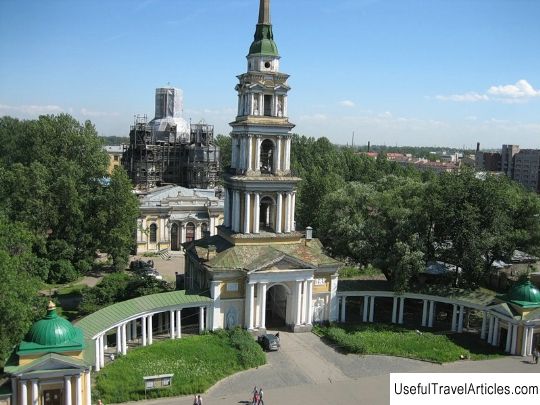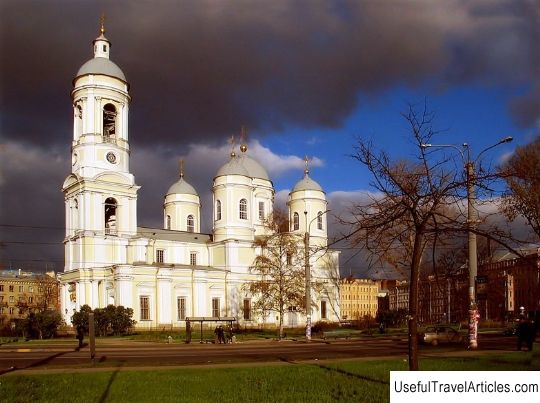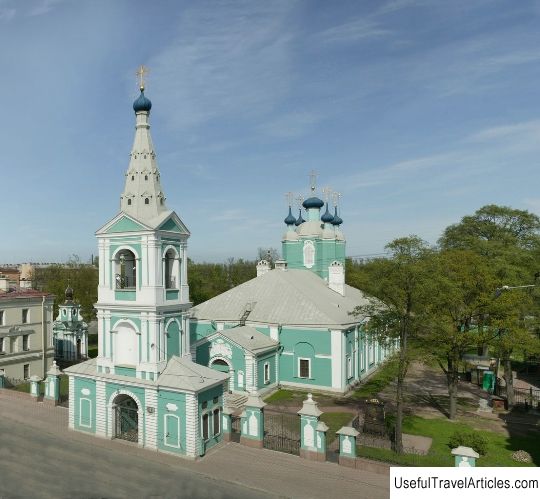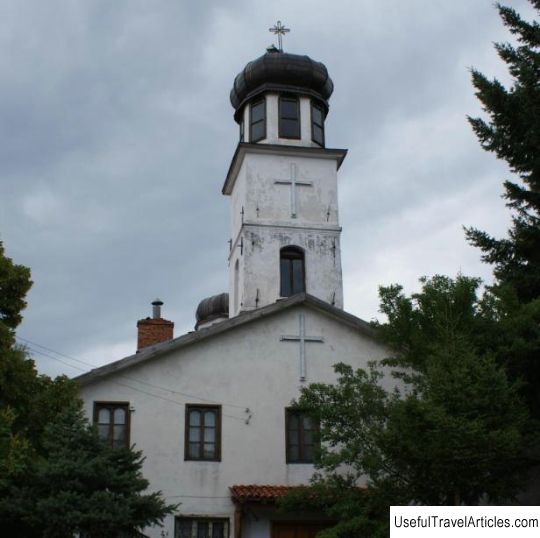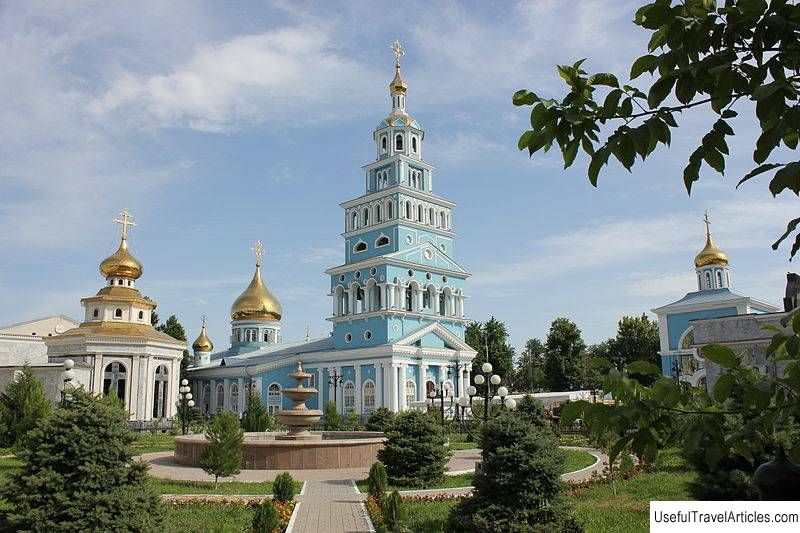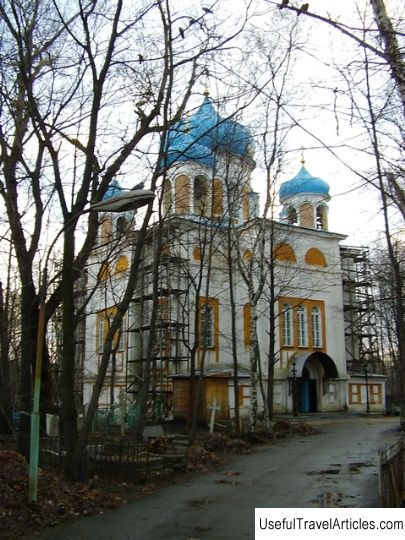Holy Cross Cossack Cathedral description and photos - Russia - Saint Petersburg: Saint Petersburg
Rating: 8,7/10 (2934 votes) Holy Cross Cossack Cathedral description and photos - Russia - Saint Petersburg: Saint Petersburg. Detailed information about the attraction. Description, photos and a map showing the nearest significant objects. Photo and descriptionProbably no other cathedral has such an interesting history as the Exaltation of the Cross, located in St. Petersburg. Back in 1718, at the request of the coachmen: Fedotov Vasily, Kusov Peter and their companions, who lived on the banks of the Chernaya River (now called Ligovaya), Archimandrite Theodosius ordered the construction of the Church of the Nativity of John the Baptist. Initially, the temple was a small, elongated, tall structure with a spitz, typical of Peter's times, without a bell tower. The bell tower was completed in 1723 and 4 bells were placed on it. Soon, in 1730, the temple burned to the ground. It was decided to build a new temple in the same place, since the dead residents were buried next to it, and a whole cemetery was formed. In the same year, a new temple was laid. Already at the end of the winter of 1731 was collected, transported from the Okhta factories, the church. It was consecrated on February 25 by the archpriest of the Cathedral of Peter and Paul. A little later, in November 1733, the chapel of Nicholas the Wonderworker was also erected. However, this building did not last long, due to the proximity of water, dampness and poor material. In 1740, at the request of parishioners who complained about the leaking roof and dilapidated walls, the Synod decided to build a church of stone. The construction was supervised by the architect I. Schumacher, although he did not design the church, history has not preserved the name of the author of the project. In the church there were already not two, but three thrones. Archbishop Theodosius consecrated the main altar on June 24, 1749. The built temple was one-story and very cold, had a cruciform shape. An apse protruded from the east, and a narthex protruded from the west symmetrically to the apse. The bell tower was placed above the narthex. After the completion of the construction, the wooden church, which no longer served, was dismantled in 1756. In 1764, it was decided to build a warm church on an empty site. It was founded in June 1764 and is dedicated to the Tikhvin Icon of the Most Holy Theotokos. The architect also remained unknown. The main chapel of the Tikhvin Church was consecrated in December 1768. In 1804, under the leadership of the architect Postnikov and according to his project, the construction of the bell tower began. It ended in 1812. The bell tower is about sixty meters high. It was decorated with plaster sculptures of the Apostles: eight at the top, four at the bottom. In 1853, iron gratings made by the famous blacksmith Fyodor Martyanov were inserted into the spans. Twelve bells were installed on the bell tower. On the second floor of the bell tower, a small church was built in the name of Cyril and Methodius, which was consecrated in early February 1878. We climbed the stone stairs to this church. By 1830, the Tikhvin and Holy Cross churches were in dire need of major repairs. The estimated cost of repairs was very high, and it was decided to build a new temple instead of restoring both churches. The project was drawn up by the architect V. Morgan, the new building was designed for the simultaneous presence of 2.5 thousand believers and resembled St. Isaac's Cathedral. Before the start of construction, the Tikhvin Church was expanded by an extension, as a result of which it was in a rectangle and became wider by nine meters. In 1844, when the extension was completed, it turned out that there were not enough funds to implement V. Morgan's project. It was decided to build according to the project of E.I. Dimmert and in the spring of 1848 the construction of the temple began, the pace of which was surprisingly rapid. Already in 1851, finishing work began, and on December 2 of the same year, the chapel of the Nativity of St. John the Baptist was consecrated. The construction was completely completed in 1853. The church functioned until 1939. During the war, several shells hit the church, the building was damaged. Later, in 1947, restoration workshops were opened in it. To date, the temple has been returned to believers and is still active. The Church of the Exaltation of the Cross acquired the status of a cathedral. In 2000, it was handed over to the Orthodox parish, which united the local Cossacks, and the temple received the status of a "Cossack" cathedral. In 2002, a bust of Nicholas II was installed at the altar wall of the Exaltation of the Cross Cathedral.       We also recommend reading Norwegian Parliament (Storting) (Storting) description and photos - Norway: Oslo Topic: Holy Cross Cossack Cathedral description and photos - Russia - Saint Petersburg: Saint Petersburg. |
